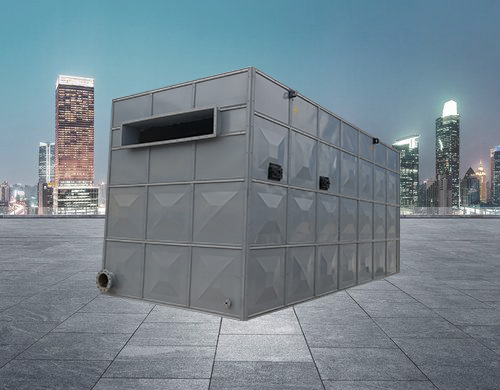Guide: We are no strangers to the boiler room. It is a place where we can heat, steam and hot water. However, it is very important for the management of the boiler room
We are no strangers to the boiler room. It is a place where we can heat, steam and hot water. However, it is very important for the management of the boiler room, especially in terms of cleanliness and hygiene. Today I will introduce the cleaning and hygiene system of the boiler room.

Boiler room cleaning and sanitation system:
1. The boiler room is not allowed to store items that are not related to the operation of the boiler. The spare parts and operating tools of the boiler should be placed in the designated place and placed neatly.
2. The floor, walls, doors and windows of the boiler room should be kept clean and hygienic.
3. The electronic control system must be kept clean and hygienic.
Four, valves, pipelines, and meters must not run, leak, drip or leak.
5. Clean the work site, equipment, instruments, valves, etc. before each shift.
Six. Clean the boiler room and its jurisdiction once a week to keep the environment clean and beautiful.
Seven. The competent leaders should regularly organize relevant personnel to inspect and compare the cleanliness of the boiler room, reward and punish frequently, and achieve cleanliness and civilized production.
Boiler room water quality management system
1. The boiler water must be treated. Without reliable water treatment measures, the water quality is unqualified and the boiler is not allowed to be put into operation.
2. Strictly implement the GB1578-2001 standard and strengthen water quality testing.
3. Boiler water treatment generally adopts chemical water treatment outside the furnace. For vertical, horizontal, internal combustion and small hot water boilers, it can be treated with chemical water in the boiler.
Four. For boilers that use chemical water treatment in the boiler, each shift must test the three indicators of feed water hardness, boiler water alkalinity, and pH value at least once.
5. For boilers that use chemical water treatment outside the boiler, the hardness, pH and dissolved oxygen of the feed water should be measured every 2 hours; the alkalinity, chloride, and pH of the boiler water should be measured every 2-4 hours
value and phosphate.
Seven. For the operation of the ion exchanger, it is necessary to formulate operating procedures based on the characteristics of the equipment and implement them carefully.
8. The water treatment personnel must be familiar with and master the performance, nature and use methods of equipment, instruments and agents.
Nine. The reagents used for analysis and testing should be kept properly, and the flammable, explosive, toxic and harmful reagents should be kept and used strictly according to regulations.
10. When the boiler is out of service for maintenance, firstly, the water treatment personnel should check the scale and corrosion, and make a detailed record of the composition and thickness of the scale, the area and depth of the corrosion and the location.
11. The laboratory and water treatment room should be kept clean and sanitary, with fire prevention measures.
12. The operation of water treatment equipment and water quality test records must be complete and accurate.




























